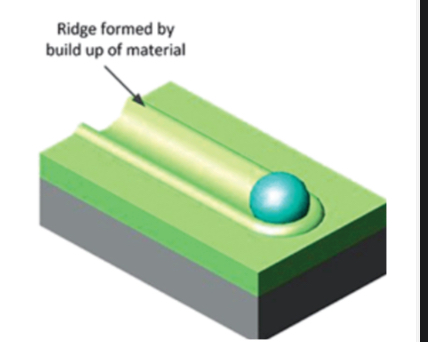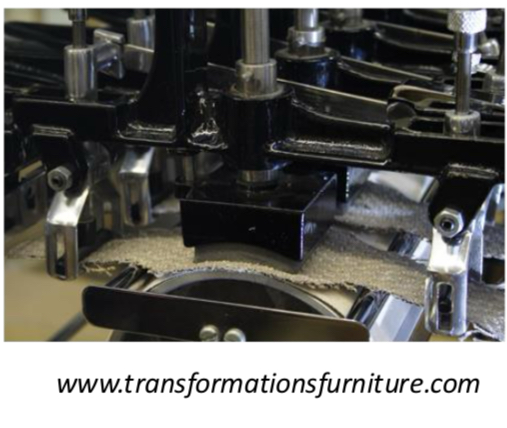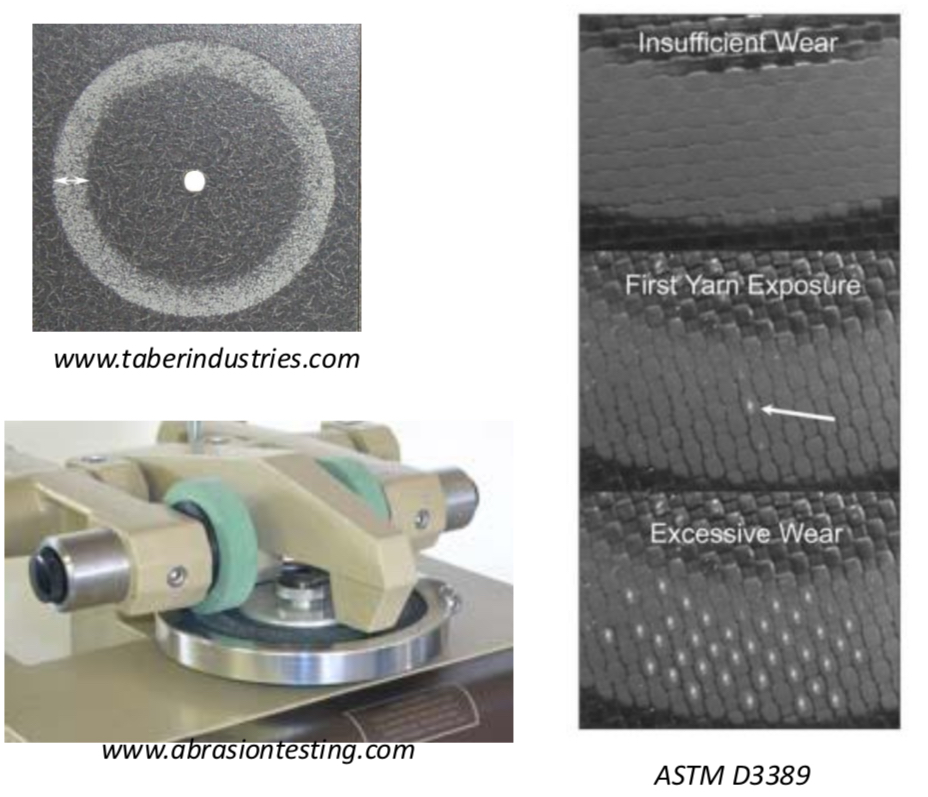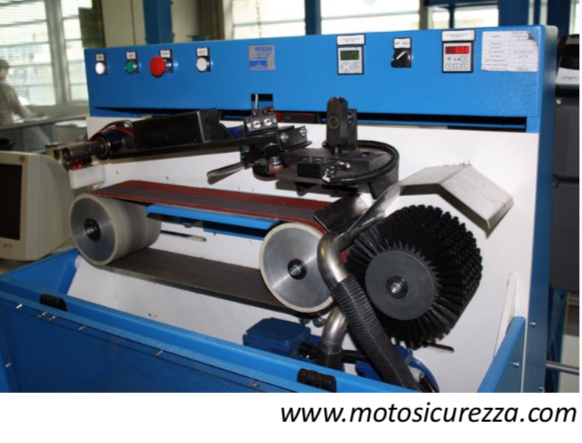L6: Abrasion
1/16
There's no tags or description
Looks like no tags are added yet.
Name | Mastery | Learn | Test | Matching | Spaced |
|---|
No study sessions yet.
17 Terms
Abrasion
contact between 2 solids resulting in a loss of matter/physical integrity of the weaker surface
Abrasion Hazards
accidental contact with rough surfaces, normal wear; affected by surface roughness, hardness, and presence of a 3rd medium
Wear
material is lost/displaced from a solid to an atomic level

Polymer Abrasion
displacement of surface materials in relative motion

Microploughing
ridge formed as material moves along a surface; material displacement

Microcutting/Microshearing
material chipped away as a channel is produced; material loss
2 body abrasive wear
3 body abrasive wear
Abrasion of Elastomers
mechanical abrasion caused by mechanical failure from local stress concentrations; basic wear - characteristic wave pattern
Abrasion of Yarns/Fibres
Abrasive surface adheres to the fibre, junction is formed, surfaces slide, junctions shear, one surface left attached to the other

Abrasion of Fabrics
fibre breakage and entanglement, strong effect of weave pattern, surface flattens and may become fuzzy

Martindale abrasion tester
38 mm specimen in circular holder: measure number of cycles before endpoint

Wyzenbeek tester
cylinder moves back and forth over fabric, tested in warp and weft direction: endpoint is when 2 broken yarns or noticeable wear

Taber abrader
2 wide discs of abrasive material: measure number of cycles to end point

Impact Abrasion
Used for motorcycle protective(EN 13595-2, 13594, 13634)
Specimen secured to a sensor and dropped onto a 30 km/h abrasive belt
Measure time to complete abrasion
Challenges with abrasion testing
lack or correlation between test methods
degradation proceeds differently according to test method
sensitivity to other factors
lack of precise endpoint evaluation
not correlated with real use conditions
Hard surface coatings
Plastic: Superfabric
Ceramic: Schoeller ceramic coated textiles
Elastomers
Polyurethane
Nitrile rubber
Natural rubber
Leather
Excellent abrasion resistance compared to textiles
Depends on tanning process to improve strength and wear resistance
Full grain leather has the best resistance
Preferred in impact resistance applications